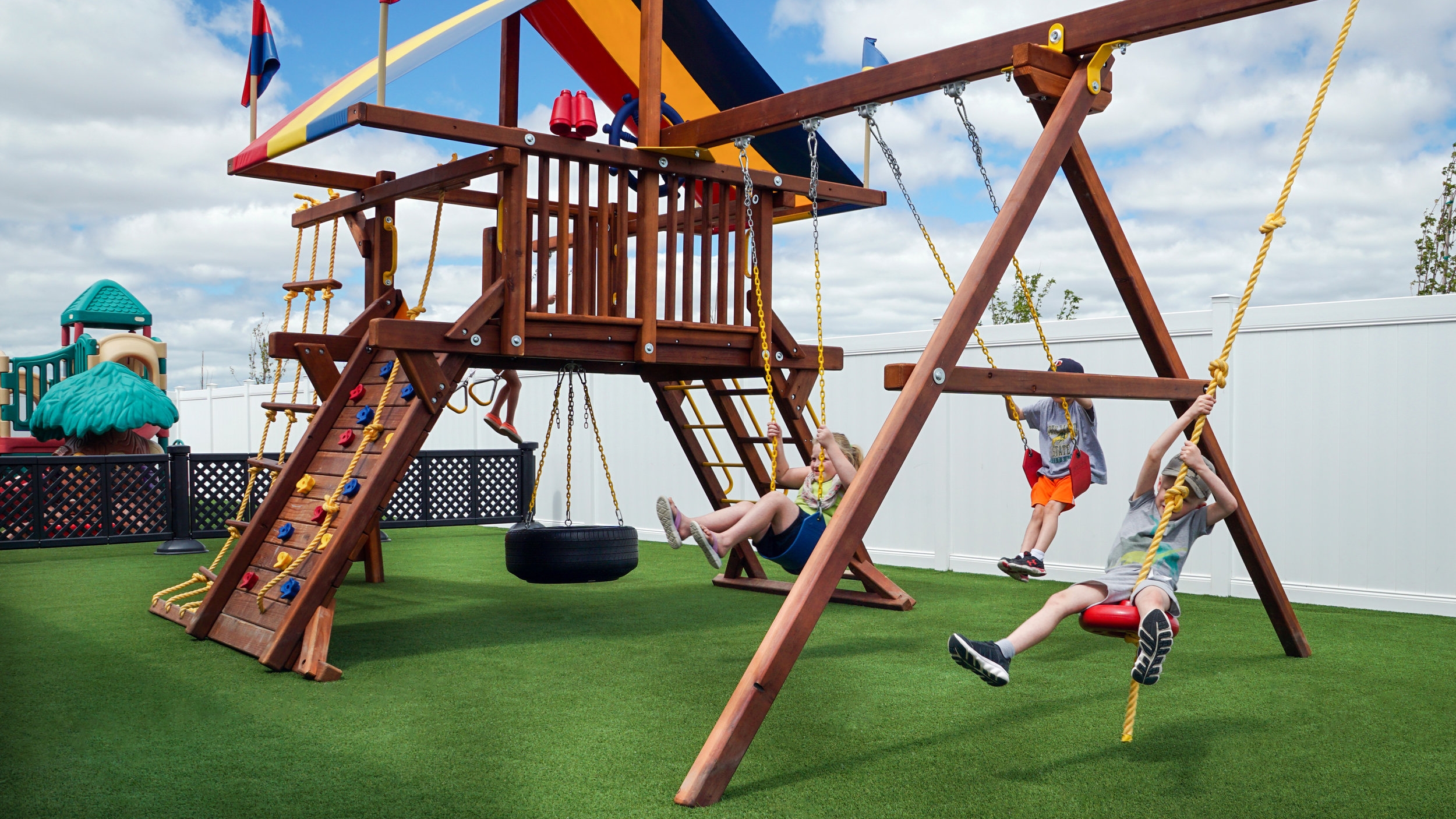How to Incorporate Playgrounds Into Your Landscape Design
Playgrounds are a great place for families to come together and have fun. Playing outside is beneficial for several reasons — especially because it means that kids and adults alike get some extra sunshine, which can promote several health benefits.
If you’re including playgrounds in your landscape designs, you want them to integrate seamlessly with other elements. Here are a few ways to ensure your playground is a foundation of the community — not just an afterthought.
1. Pay Attention to Flow
When you build something new, you must ensure it flows seamlessly into the rest of your design. If you're building a community space from scratch, it's easier to incorporate a playground into the middle of the area. You'll want to ensure the playground equipment flows into the surrounding area and doesn't stick out like an eyesore.
As with every feature, the design of a playground is important. You don't want too many bulky structures that block off the playground from the rest of the space. Make sure your playground is open and looks like an inviting environment for every family — without disrupting the current atmosphere.
2. Build Vertically
Some environments may not have the space for a playground to spread out, but you can always build vertically. If the area is surrounded by trees, building upward to mimic the height of the forest is a good idea. Doing so would make the playground feel like a more natural addition to the landscape and provides much needed shade to the space.
Involving nature in your design can also be a huge help. Being around trees make people happier and kinder, and they also provide several fun challenges for kids to climb. When your designs combine nature with artificial play elements, kids can learn more about themselves and the world around them through play.
3. Utilize the Middle Space
A playground on the edge of a community doesn't look as integrated as one at the center of a space. When starting from scratch, try to form a community space around a playground. It looks better and can even be safer, as it's the nucleus of a space and not hidden away. A playground at the center of an area shows people that it's a family-friendly place.
4. Allow Variety of Play
Various equipment can positively challenge children in different ways. You want to incorporate diverse playground equipment that will develop kids' motor skills but is also accessible enough for children who use mobility aids. Different playground equipment will keep kids entertained and encourage them to continue exploring the playground.
Equipment that works well for solo play can help children feel more accomplished when they tackle brave feats like climbing and jumping. Similarly, they can build proper social skills at interactive playgrounds, thanks to the collaborative environments that encourage them to make friends. A variety of play opportunities in the playground will benefit children no matter what.
5. Think of a Border
Most playgrounds look better with borders. While a playground should flow seamlessly into the space around it, a border to keep it separate from other areas can also be helpful. For example, if the playground is near a road or parking lot, having a fence around it might be a good way to help excited kids stay away from danger.
You can also incorporate nature if the playground is in a woodsy area. Rocks and boulders can make for a great border while also adding some obstacles for older kids to tackle.
6. Choose Equipment That Fits the Area
When designing your playground space, you'll want to ensure that the equipment fits the theme of the location. For example, in a more urban area, some angular, modern-looking playground equipment might fit better and even double as an artistic choice. That way, the playground doesn't look too different from the rest of the community.
However, you might opt for nature-inspired equipment to mimic a more natural environment. Having a playground in a more natural environment can also benefit the adults that visit. Since nature lowers stress levels, it might entice families to the playground more often.
7. Pay Attention to Walkways
Another crucial component of your playground development is creating walkways that lead to and from the playground. When building the area in a space with walkways already made, you should try to match their style with the same materials and colors. The playground will feel like it's always been a part of the space rather than a last-minute inclusion.
A proper walkway that wraps around the playground might also help people create a habit of walking around and reaping benefits like better digestion and a naturally boosted immune system. Make sure that all walkways are inclusive and aren't difficult for people with mobility aids to traverse.
Create a Space Perfect for Families
When you put families at the center of your design, you'll create better spaces that allow people to enjoy themselves to their fullest. Try to implement your playground as part of the community — it should bring families together and help everyone make new connections. Once you know how to properly incorporate a playground into your landscape design, you can build a better community.
Author: Ava Roman






